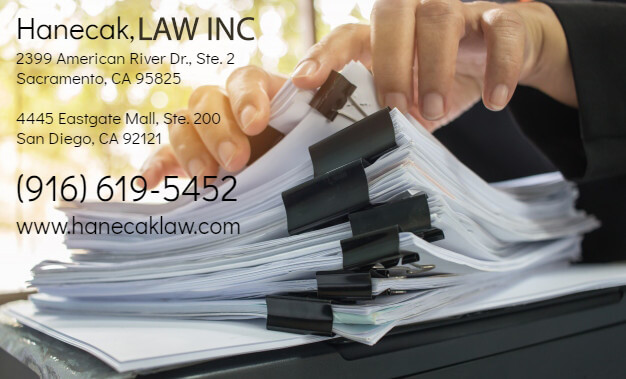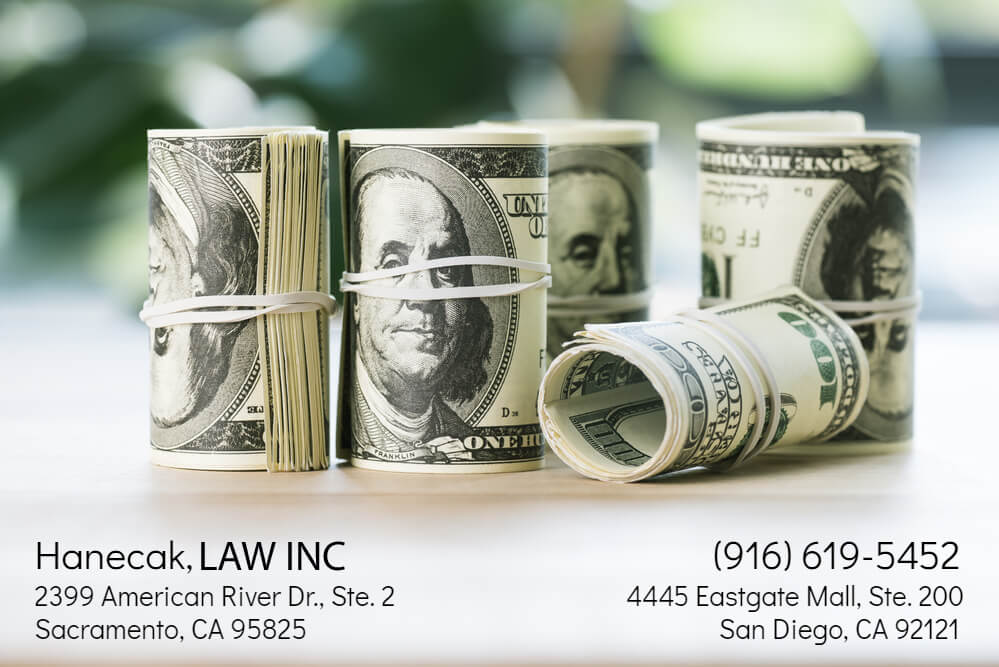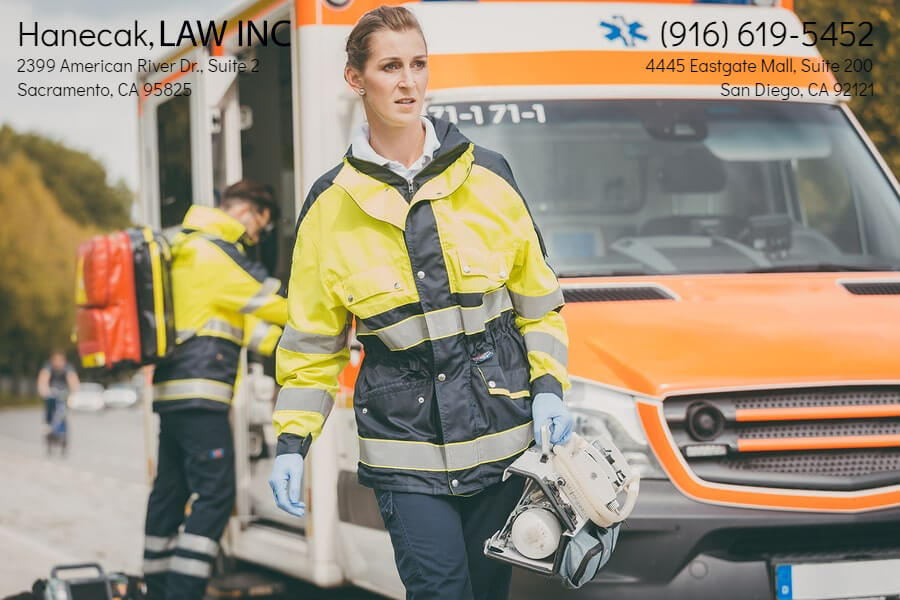After the complaint has been filed and a response from the defendants, the meat of the case truly begins. This is called the “Discovery Phase.” While there is an initial investigation to make sure the claims are enough to file a lawsuit, the discovery phase is where the full investigation occurs. The reason it occurs in discovery, and not before, is because outside of a lawsuit being filed, defendants are under no obligation to turn over certain information.
For example, if you’ve been injured in a slip and fall accident and there is video footage of the accident, the store is under no obligation to turn over the video before a lawsuit is filed. Once a lawsuit is filed and they are served the lawsuit, they are under the rules of the court and required to turn over requested evidence associated with the personal injury claim by the plaintiff.
Discovery is a large beast. Before we get ahead of ourselves, let’s break down the different types of discovery you can expect: oral and written.
Oral Discovery
Oral discovery is most commonly referred to as a deposition. A deposition is essentially an interview under oath where an attorney asks questions of the witness. The people present (usually) are: a court report, the witness, the witness’s lawyer, and the lawyer giving the deposition. The plaintiff or defendant are permitted to be there if they are not being deposed themselves. Depending on the circumstances of the case, this is up to the attorney whether it’s a good idea or not.
In a personal injury action, you will usually see several depositions: plaintiff, representatives of the defendant such as different levels of employees related to the case, witnesses, and expert witnesses.
Written Discovery
There are three types of written discovery in California: Requests for Admission, Request for Production of Documents, and Interrogatories.
Requests for Admission (RFA)
RFA’s are a tool for plaintiffs or defendants to ask the other party to admit or deny a statement under oath. If admitted, this means that for all purposes during the course of litigation, that statement can be deemed as true and cannot be denied. RFA’s can also be used to verify if a document is genuine and unaltered.
RFA’s can be used both early and later in litigation to clear up uncontested issues to simplify a trial.
Request for Production of Documents (RPD)
This is exactly as it sounds: the plaintiff or defendants request documents from the other side. This includes contracts, leases, insurance policies, medical records, bills, etc. However, as technology has advanced as far as it has today, this also includes what is called “Electronically Stored Information” (ESI) and metadata (we won’t get into that as it is way to complex for the purposes of this article…we’re trying to keep it simple!)
Interrogatories
Interrogatories are a set of written questions that the plaintiff or defendant must fill out under oath to the best of their ability. In California, there are two types: form interrogatories and special interrogatories. Form interrogatories are a form with the questions already written out—the party sending the discovery just checks the box of the questions they would like answered and then they send them out. Special interrogatories, on the other hand, are specially crafted questions by the lawyers to get certain answers. These can be used in various contexts, but an example would be to try to find out a list of employees at a business who can be deposed.
What Does this All Mean?
Depending on the type of information being requested, the party sending it may try to stall or hide it as much as they can. This can be done through objections or evasive answers. A simple yes or no question can turn into a several month back and forth battle between the parties because the answer could dictate how the case goes. Judge’s hate to referee discovery battles because they can become nasty and are very time-consuming. However, if the defense possesses something they believe could tank your case, they may be willing to give it up right away in an effort to convince you to drop it.
Discovery is both time consuming and expensive for both sides, but it is one of the most (if not the most) important times during litigation. This is the time where the attorneys get the evidence to back up (or disprove) the claims being made in the initial lawsuit. Depending on the complexity of the case, judges may be more or less willing to keep discovery open for the parties to continue asking their questions. However, once there is a trial date and the judge feels as if the parties have had enough time to do their investigations, discovery closes 30 days before the trial unless the judge rules otherwise.
Next up: Litigation Timeline Part III:






